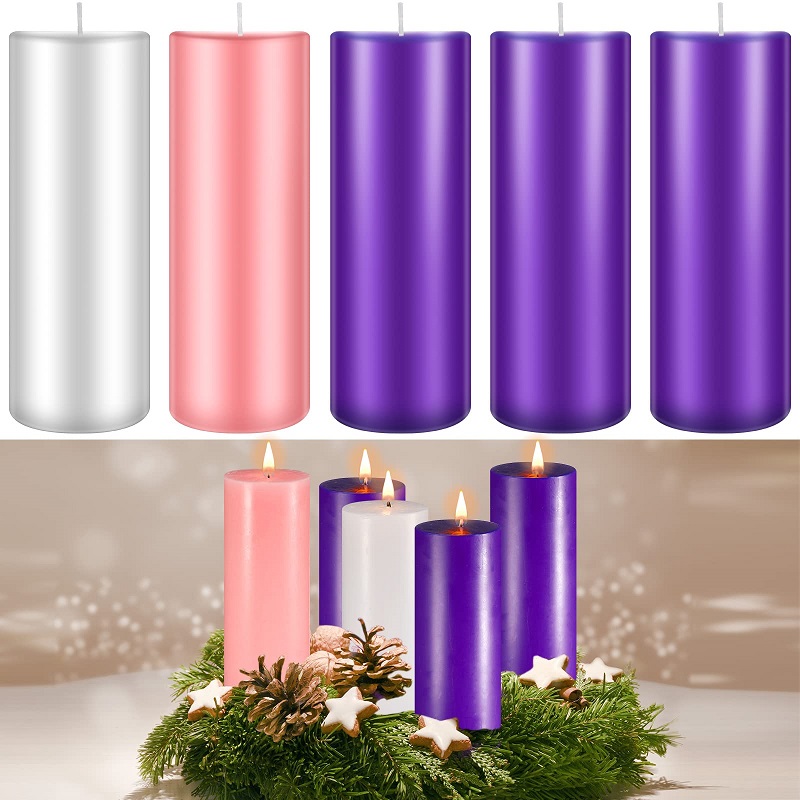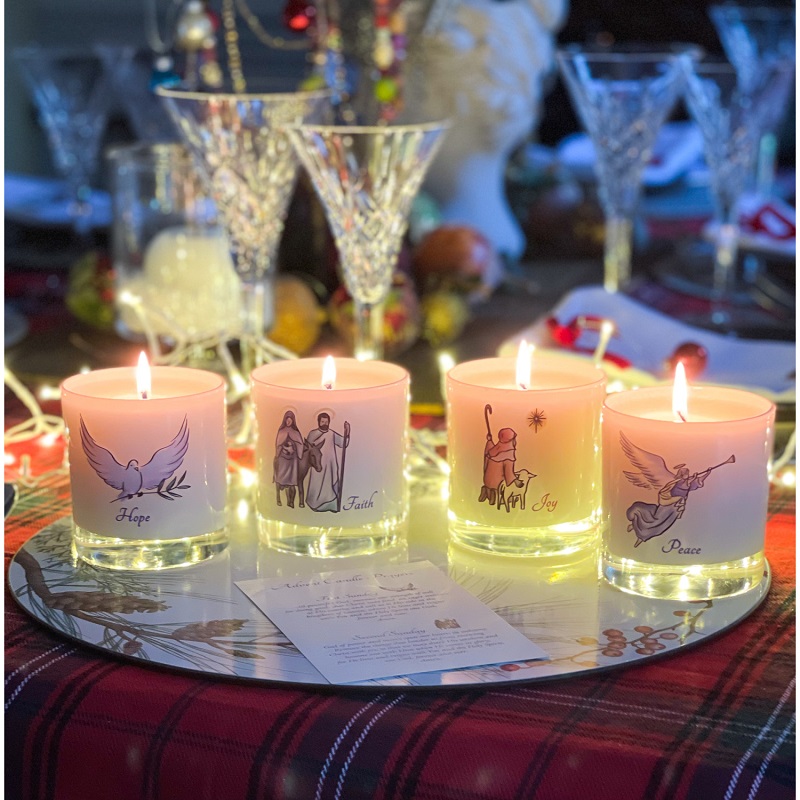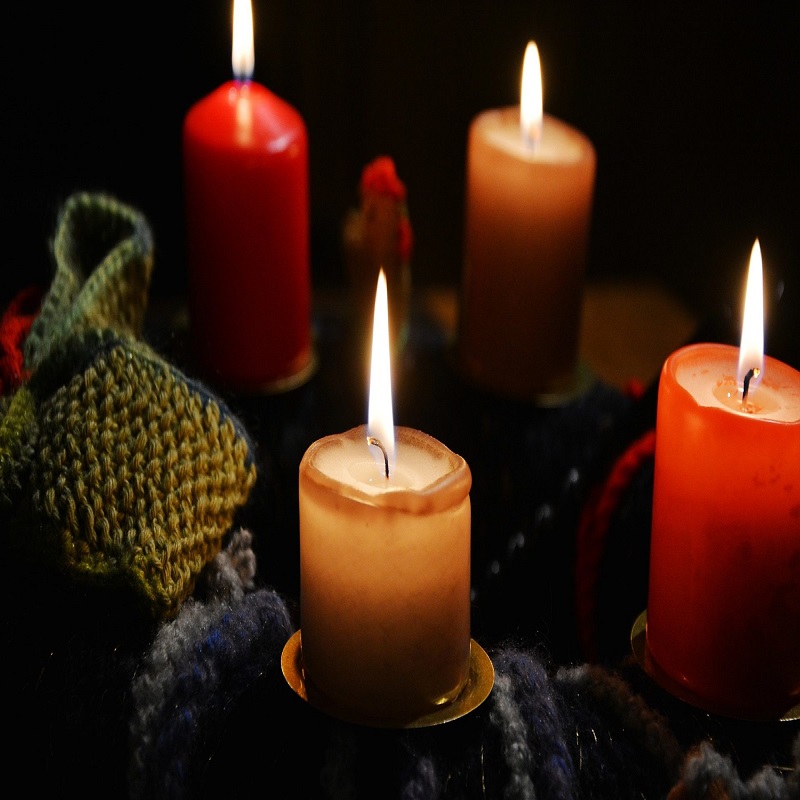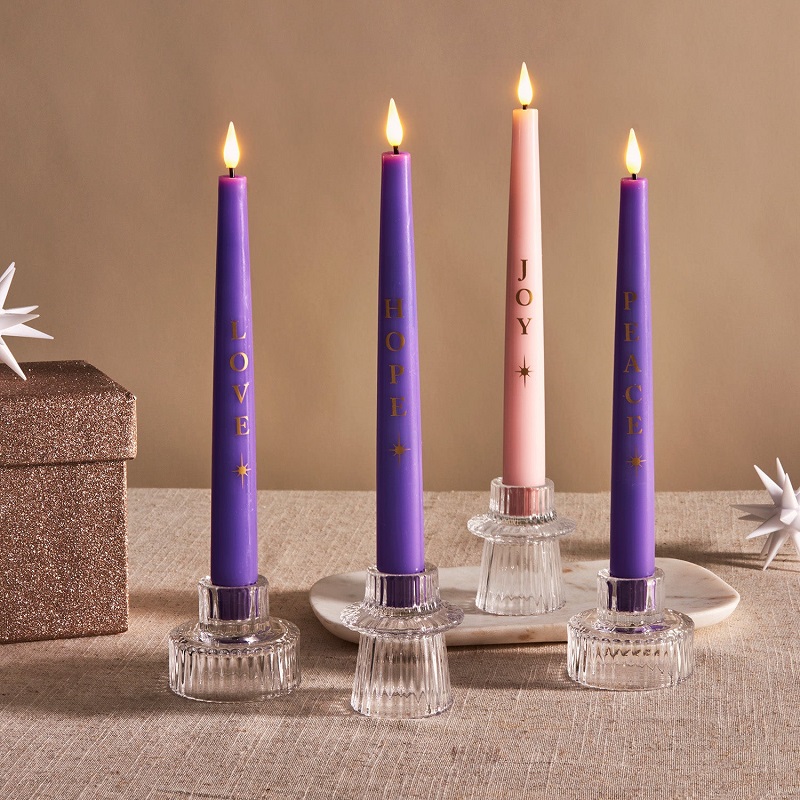Advent is a season of anticipation and reflection, marking the lead-up to Christmas. As families prepare to celebrate, one of the most cherished traditions involves the lighting of the Advent candles. This practice not only adds a visual element to the season but also deepens the spiritual significance of each week leading up to Christmas. In this article, we will delve into the history, symbolism, and various ways to celebrate Advent with candles, creating meaningful traditions that can be embraced by families and communities alike.
Understanding Advent: A Time of Preparation
The Historical Background of Advent
Advent, derived from the Latin word adventus, meaning “coming,” has been observed for centuries, with its roots tracing back to the early Christian church. Initially, it was a time of fasting and prayer in preparation for the celebration of Christ’s birth. Over time, Advent has evolved, but its core purpose remains the same: to prepare the hearts and minds of believers for the coming of Jesus. The Advent season typically begins four Sundays before Christmas and lasts until Christmas Eve, making it a time rich with anticipation and hope.
The Structure of the Advent Season
The Advent season is divided into four weeks, each associated with a specific theme that reflects different aspects of hope, love, joy, and peace. Traditionally, each week corresponds to the lighting of a candle on the Advent wreath. The wreath itself, a circular arrangement of evergreen branches, symbolizes eternal life and God’s unending love. As families gather around the wreath to light the candles, they engage in prayers and readings that enhance their understanding of the season’s significance. This structure helps to create a rhythm of reflection and celebration that can be both personal and communal.

The Symbolism of Advent Candles
The Meaning Behind Each Candle
Each of the four candles on the Advent wreath has its own unique symbolism that corresponds to the themes of the season. The first candle, often purple, represents hope and sometimes call the “Prophet’s Candle,” as it signifies the anticipation of the coming Messiah. The second candle, also purple, symbolizes peace and is known as the “Bethlehem Candle,” reflecting the peaceful nature of Jesus’ birth in that city. The third candle, which is pink, represents joy and is often referred to as the “Shepherd’s Candle,” celebrating the joy that the shepherds felt upon receiving the news of Christ’s birth. Finally, the fourth candle, which is again purple, symbolizes love and is known as the “Angel’s Candle,” reminding us of the angelic announcement of Jesus’ birth.
The Christ Candle: The Centerpiece of the Wreath
In addition to the four candles, many Advent wreaths feature a fifth candle, known as the Christ Candle. This candle is typically white and is lit on Christmas Eve or Christmas Day to symbolize the arrival of Jesus, the Light of the World. The lighting of the Christ Candle serves as a culmination of the Advent season, representing the fulfillment of the hopes and promises that have been reflected upon during the previous weeks. This moment is often accompanied by a prayer or scripture reading that emphasizes the significance of Jesus’ birth and His role as the Savior.
Incorporating Advent Candles into Family Traditions
Creating Your Own Advent Wreath
One of the most engaging ways to celebrate Advent with candles is by creating a personalized Advent wreath. Families can gather materials such as evergreen branches, a circular base, and candles of various colors to craft a unique wreath that reflects their style and traditions. Engaging children in the crafting process can be a fun and meaningful way to teach them about the significance of each element. Families can also incorporate additional decorations, such as ribbons or ornaments, to enhance the visual appeal of the wreath, making it a centerpiece for their Advent celebrations.
Weekly Lighting Rituals and Reflections
As the weeks of Advent unfold, families can establish a ritual for lighting the candles each week. This can include a short reading from scripture, a prayer, or a reflection on the weekly theme. Some families choose to sing Advent hymns or incorporate special activities, such as making ornaments or sharing stories related to the themes of hope, peace, joy, and love. This ritual not only fosters family bonding but also encourages deeper spiritual engagement, helping each member to reflect on the true meaning of the season.

Expanding Advent Traditions Beyond the Wreath
Advent Calendar: A Daily Journey
In addition to the Advent wreath, many families embrace the tradition of using an Advent calendar. This calendar serves as a daily countdown to Christmas, often featuring small treats, scripture verses, or activities behind each door. Families can incorporate their own traditions, such as volunteering, baking, or creating handmade gifts, into the calendar to foster a spirit of giving and service throughout the season. The Advent calendar becomes a daily reminder of the journey toward Christmas, providing opportunities for reflection and celebration each day.
Community Celebrations and Services
Another way to enhance the Advent experience is through community celebrations and church services. Many congregations hold special Advent services, including candlelight vigils, carol singing, and themed worship services that reflect the season’s messages. These gatherings provide a sense of community and shared anticipation as families come together to celebrate the meaning of Advent. Participating in community outreach projects during this season can also deepen the sense of connection and service, emphasizing the importance of love and generosity during the holidays.
The Spiritual Significance of Advent Candles
Reflecting on Personal Growth and Preparation
The lighting of Advent candles serves as a powerful spiritual practice that invites personal reflection and growth. Each week, as families gather to light a candle, they encourag to consider how the themes of hope, peace, joy, and love manifest in their own lives. This introspection can lead to personal commitments, such as practicing gratitude, fostering relationships, or serving others. By engaging with these themes on a deeper level. Families can enhance their spiritual journeys and prepare their hearts for the coming of Christ.
Connecting with the Wider Christian Tradition
Lighting the Advent candles is not only a personal practice but also a connection to the wider Christian tradition. Many churches and denominations incorporate this ritual into their worship services, creating a sense of unity among believers. By participating in this tradition, families can feel a part of something greater. Joining in a collective anticipation of Christ’s birth. This connection fosters a sense of belonging and shared purpose, reinforcing the importance of community in the Christian faith.

Advent Candles as a Teaching Tool for Children
Educating Kids About Advent
Advent candles can also serve as an excellent educational tool for children. Parents can use the weekly lighting ritual to teach their children about the significance of each theme. Helping them to understand the Christian narrative of hope, peace, joy, and love. Engaging children in discussions about the meaning of these concepts can foster a deeper understanding of their faith and encourage them to embody these values in their daily lives. Through storytelling, crafts, and songs, parents can make the lessons of Advent come alive for their children. Turning the season into an enriching educational experience.
Encouraging Acts of Kindness
In addition to teaching about the themes of Advent, families can encourage children to practice acts of kindness throughout the season. This could include creating a “kindness calendar” where each day highlights a different act of service or generosity. Whether it’s making cards for neighbors, donating toys, or helping a family in need. These activities help children embody the spirit of love and compassion that Advent represents. By actively participating in kindness, children can learn the value of generosity and the joy that comes from giving.
Adapting Advent Celebrations for Modern Families
Embracing Technology in Advent Practices
As technology becomes an integral part of family life. Many families are finding creative ways to incorporate it into their Advent celebrations. Online resources, apps, and social media can offer daily devotionals, activities, and reminders that enhance the Advent experience. Families can choose to share their own traditions and reflections through social media. Creating a virtual community of support and inspiration. This blending of tradition and modernity allows families to celebrate Advent in ways that resonate with their lifestyles while still honoring the significance of the season.
Conclusion: Embracing the Light of Advent
A Journey of Hope and Anticipation
The Candles of Advent represent a journey filled with hope, peace, joy, and love. By engaging in the tradition of lighting these candles, families can create meaningful rituals that reflect the essence of the season. Whether through personal reflection, community involvement, or educational opportunities for children. The Advent season offers a rich tapestry of experiences that deepen spiritual understanding and connection. As we prepare our hearts for the coming of Christ. Let us embrace the light of Advent, celebrating the beauty and significance of this sacred season.


